Author: Brian Hall
Aroma is one of the first things noticed when enjoying a beer. Brewers of hoppy beers have long sought to pack as much flavor and aroma into their product, which they try to protect by whatever means necessary. When it comes to the New England IPA, a massive hop aroma is a signature characteristic of the style, some would say more so than any other component.
Freshness, hop layering, and minimization of oxygen ingress are considered to be imperative to achieving quality aromatic characteristics in IPA, particularly those of the New England variety. Some paranoid brewers worry that CO2 blowoff can lead to decreased hop aroma, an issue of particular concern when it comes to kegging beer. Brewers looking to limit post-packaging oxygen exposure have long been known to purge the headspace of their fill kegs of oxygen by hitting it with CO2 and relieving the pressure multiple times. While advocates laud this method for its ability to reduce oxygen ingress, many also claim sacred aromatic compounds leave the keg during the purging process as well, meaning they don’t end up in the drinkers glass.
Having brewed many batches of NEIPA over the last few years, I’d never worried much about massive aroma loss due to purging my kegs and tend to purge 6 times for each beer. However, when a reader recently commented they felt they were losing hop aroma from such a process, I was inspired to put it to the test.
| PURPOSE |
To evaluated the differences between a New England IPA that had the headspace in the keg purged multiple times with CO2 and one where the headspace was not purged.
| METHODS |
I went with a NEIPA for this xBmt due to the supposed sensitivity to oxidation of this style.
The First Purge
Recipe Details
| Batch Size | Boil Time | IBU | SRM | Est. OG | Est. FG | ABV |
|---|---|---|---|---|---|---|
| 5.5 gal | 60 min | 32.9 IBUs | 5.8 SRM | 1.062 | 1.018 | 5.9 % |
| Actuals | 1.062 | 1.016 | 6.1 % | |||
Fermentables
| Name | Amount | % |
|---|---|---|
| Lamonta American-style Pale Malt (Mecca Grade) | 9 lbs | 67.92 |
| Oats, Malted (Thomas Fawcett) | 3 lbs | 22.64 |
| Vanora Vienna-style Malt (Mecca Grade) | 1.25 lbs | 9.44 |
Hops
| Name | Amount | Time | Use | Form | Alpha % |
|---|---|---|---|---|---|
| Magnum | 7 g | 60 min | Boil | Pellet | 12 |
| Citra | 28 g | 5 min | Boil | Pellet | 12 |
| Enigma | 28 g | 5 min | Boil | Pellet | 16.5 |
| Citra | 43 g | 1 min | Boil | Pellet | 12 |
| Enigma | 43 g | 1 min | Boil | Pellet | 16.5 |
| Citra | 57 g | 6 days | Dry Hop | Pellet | 12 |
| Enigma | 57 g | 6 days | Dry Hop | Pellet | 16.5 |
Notes
| Water Profile: Ca 117 | Mg 3 | Na 10 | SO4 84 | Cl 168 |
Download
| Download this recipe's BeerXML file |
I started my brew day by collecting the full volume of water for two 5 gallon batches in a single kettle, adjusting it to my desired profile, then hitting it with my heat stick.

With the water heating up, I weighed out two identical sets of grain.
I returned a couple hours later to heated water and milled the grain.
Using the full volume BIAB method, there wasn’t room for a 10 gallon/38 liter batch in my 15 gallon kettle, so I brewed two batches of wort that would later be combined. With the water appropriately heated, I stirred the grains in and checked to make sure both were at the same mash temperature.
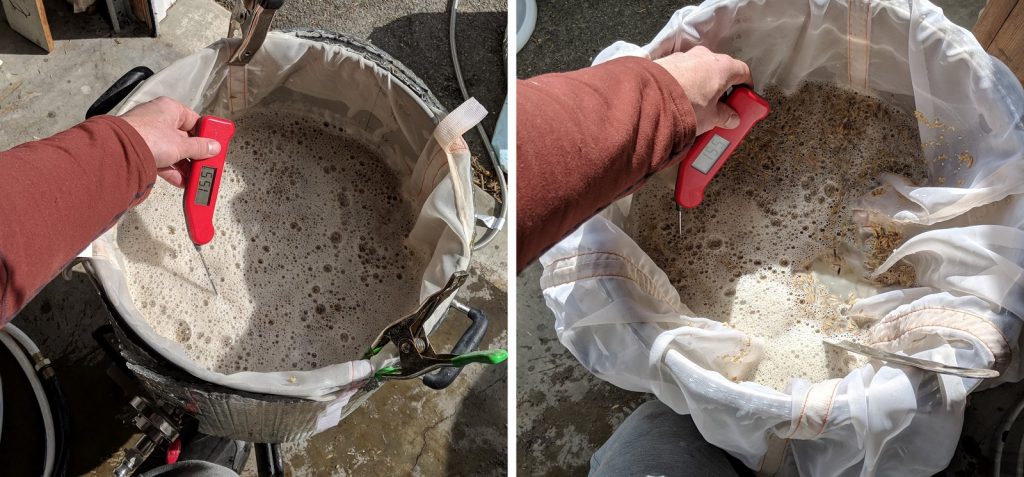
Each mash was left alone for 60 minutes before I removed the grain bags and let them drip until the same pre-boil volume was reached.
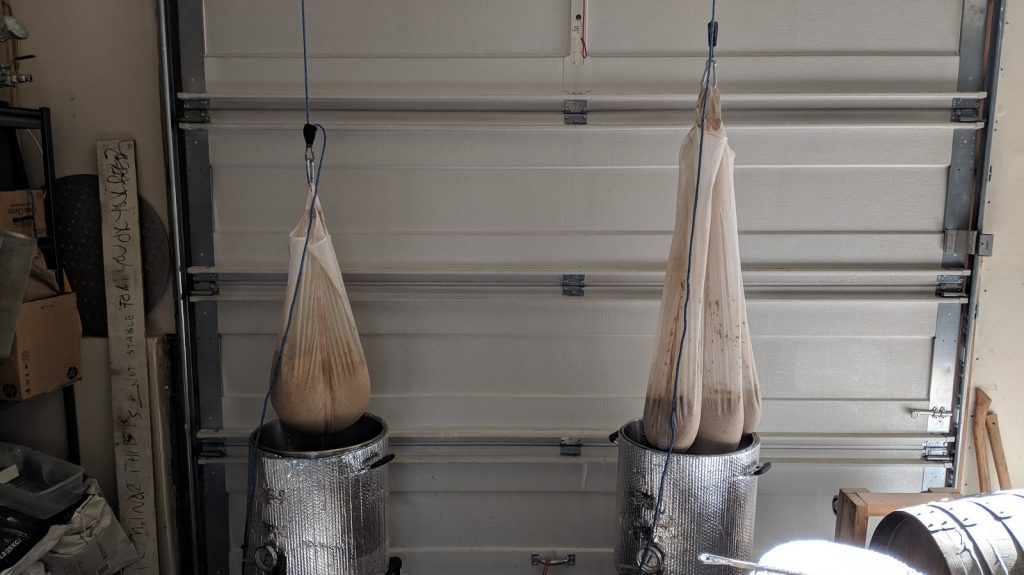
I then combined the worts in a single kettle.
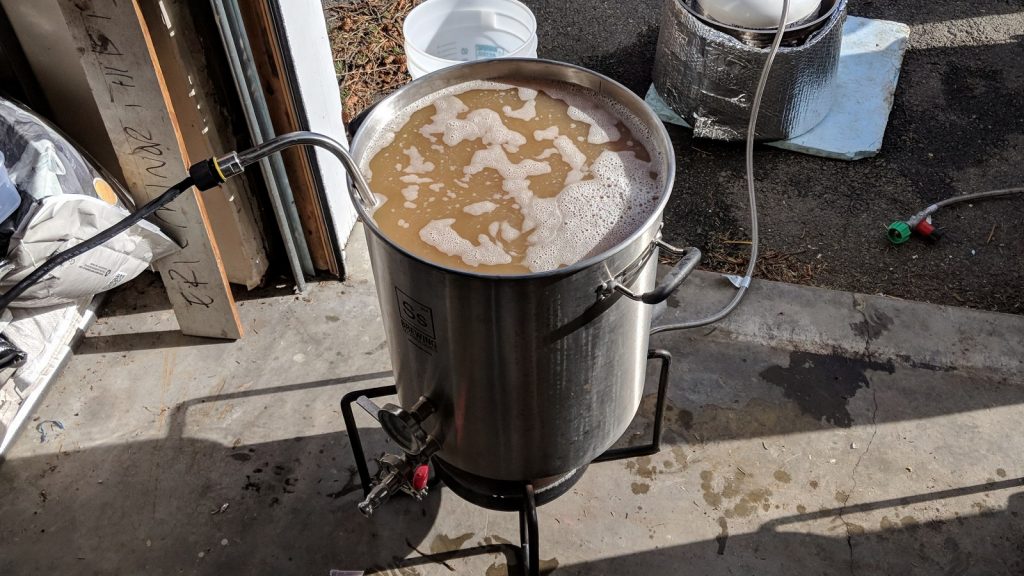
While the wort was heating, I measured out the kettle hops.
The wort was boiled for 60 minutes with hops added at the times stated in the recipe.
At the end of the boil, I quickly chilled the wort to my desired fermentation temperature.
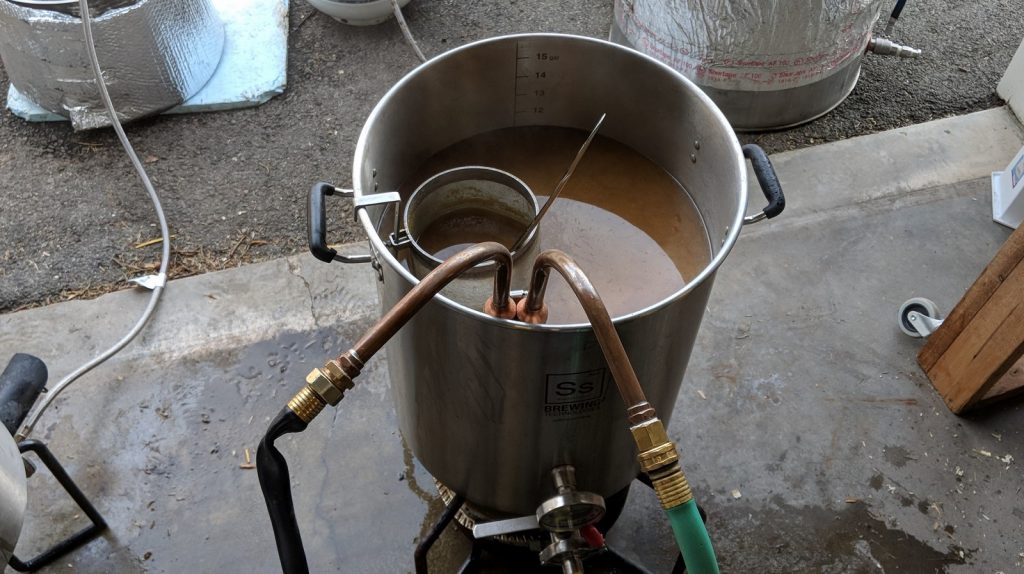
A hydrometer measurement showed I hit my expected OG dead nuts.
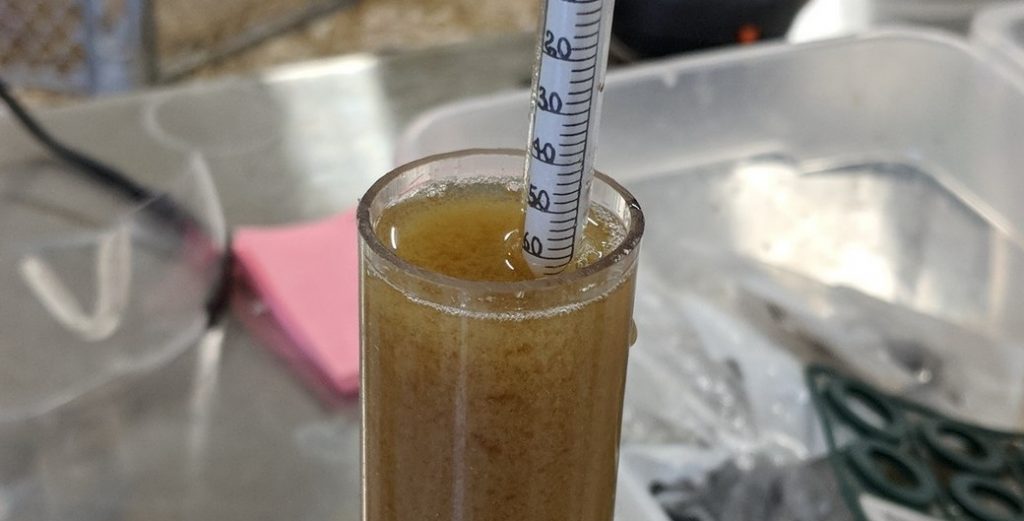
After racking identical volumes of wort to separate Brew Buckets, I pitched a pack of Imperial Yeast A38 Juice into each batch.
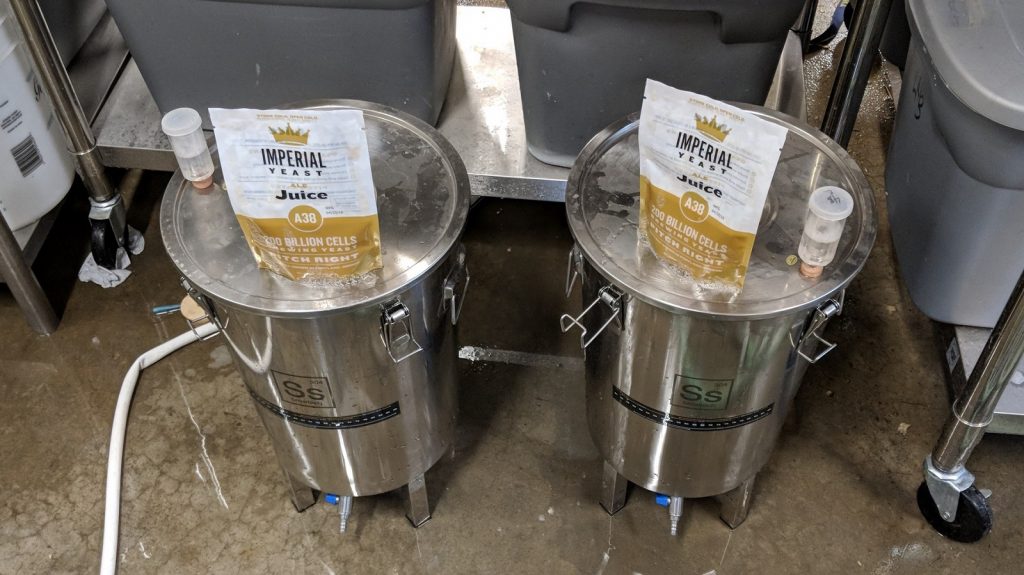
Each beer was then hit with an equal dose of pure oxygen before being placed in my fermentation chamber set to 66°F/19°C. I let the beers ferment for 24 hours before returning to add the dry hop charge, at which point both were at high kräusen.
The beers were left alone to finish fermenting. Hydrometer measurements a couple weeks later showed both had reached the same FG.
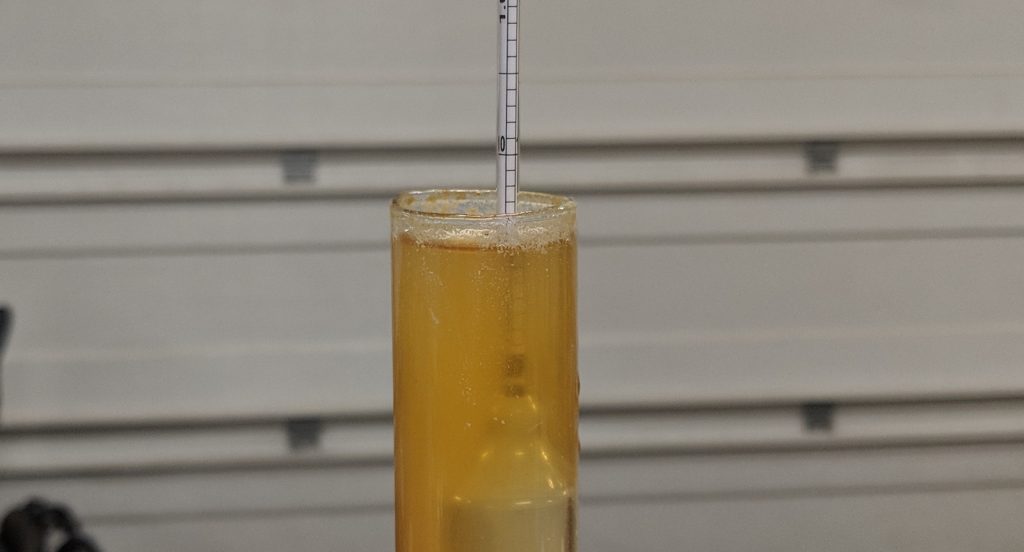
The warm beers were racked to CO2 purged kegs that were placed in my keezer. I hit one of the kegs with CO2 a total of 8 times, purging between each delicious smelling dose before keeping the gas attached at high pressure for burst carbonation. For the other batch, I attached the high pressure gas and left it alone.
I returned the following day to reduced the pressure in both kegs, meaning the non-purged batch did get a single small purge. The beers were left to cold condition for another week before they were ready for data collection.
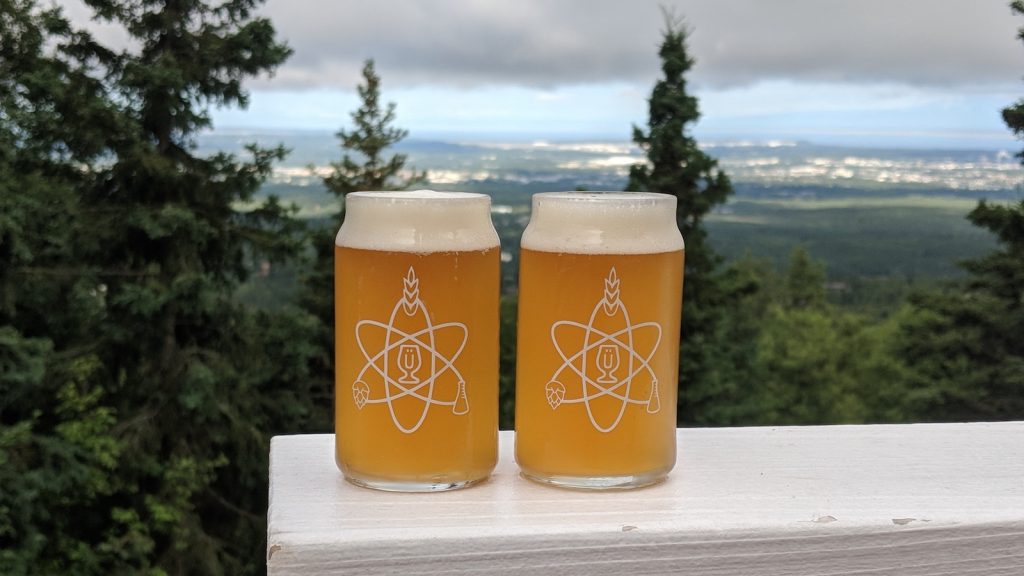
| RESULTS |
A total of 16 people of varying levels of experience participated in this xBmt. Each participant was served 1 sample of the beer served from a purged keg and 2 samples of the beer served from a non-purged keg in different colored opaque cups then asked to identify the unique sample. At this sample size, 9 tasters (p<0.05) would have had to identify the unique sample in order to reach statistical significance, though only 4 (p=0.83) made the correct selection, indicating participants in this xBmt could not reliably distinguish beers served from either a keg purged 8 times after packaging or one that was not purged.
My Impressions: I couldn’t tell a difference at all between these beers and guessed on the 3 triangle tests I attempted, out of which I happened to choose the odd-beer-out once. With my knowledge of the variable, I focused intensely on aromatic differences between the beers and noticed none, they smelled and tasted identical. For anyone looking for a NEIPA recipe, this is my all time favorite so far, likely due to the reasonable amount of hops I used!
| DISCUSSION |
The idea that aroma could be lost during the keg purging process seems reasonable on the surface– anyone who has ever purged a keg of hoppy beer is well aware of how heavenly it smells. However, the amount of gas that actually ends up escaping the keg is pretty damn small, to the point of seeming inconsequential, despite how good it might smell. And the results from this xBmt showing tasters could not reliably distinguish NEIPAs served from either a keg that was purged multiple times or one that was not purged suggests the practice may not make all that big of a difference.
It’s likely brewers of hyper-hoppy, oxygen sensitive beers experience some internal conflict when it comes to packaging their product– purge to eliminate oxygen and risk losing some aroma, or keep all the aroma in the keg and risk oxidation? Given these findings, I’m compelled to think that purging the headspace is likely more beneficial than harmful, particularly for those unable to pre-purge their kegs of oxygen.
The specific purpose of this xBmt was to evaluate if purging a filled keg had a noticeable impact on aroma, hence the decision to rack the beers into kegs that had already been purged with CO2. Given how sensitive NEIPA seems to be to oxygen, and with data suggesting purging doesn’t seem to reduce aroma, I’m interested in whether or not a beer racked to a keg that hasn’t been pre-purged of oxygen might benefit from purging the headspace of the filled keg with CO2. Does bottom filling a non-purged keg force oxygen out, leaving it only in the headspace, which can then be purged? Add it to the list!
If you have any thoughts about this xBmt, please do not hesitate to share in the comments section below!
Support Brülosophy In Style!
All designs are available in various colors and sizes on Amazon!
Follow Brülosophy on:
FACEBOOK | TWITTER | INSTAGRAM
If you enjoy this stuff and feel compelled to support Brulosophy.com, please check out the Support page for details on how you can very easily do so. Thanks!

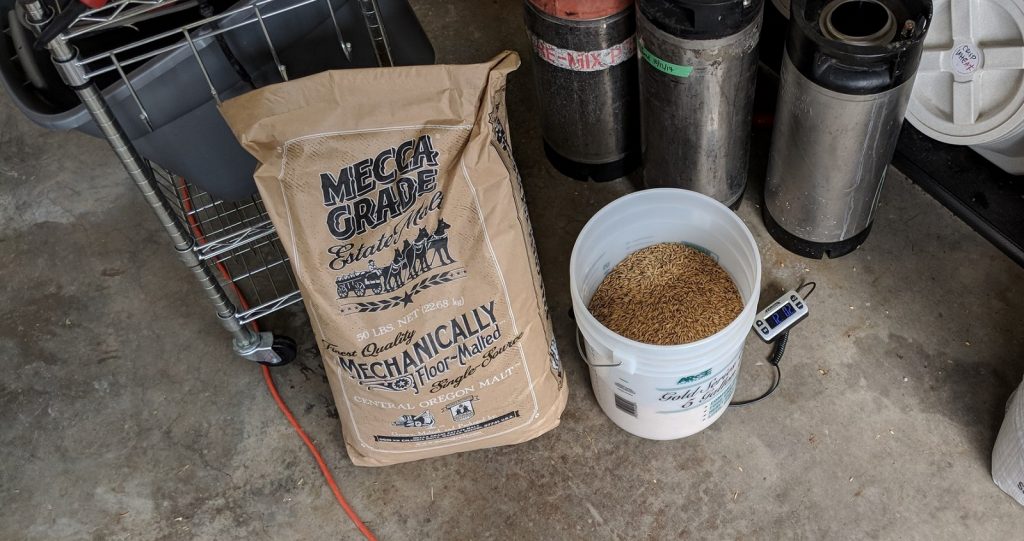
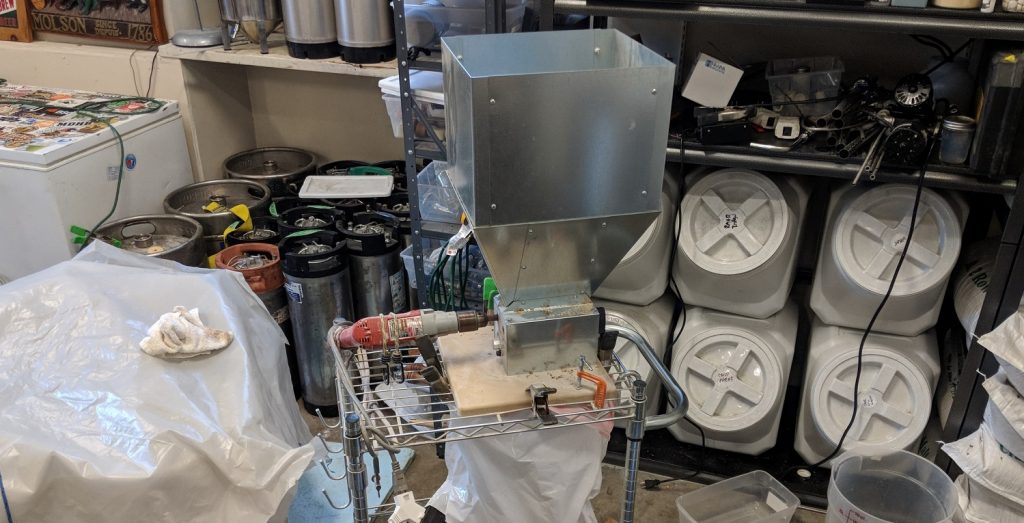
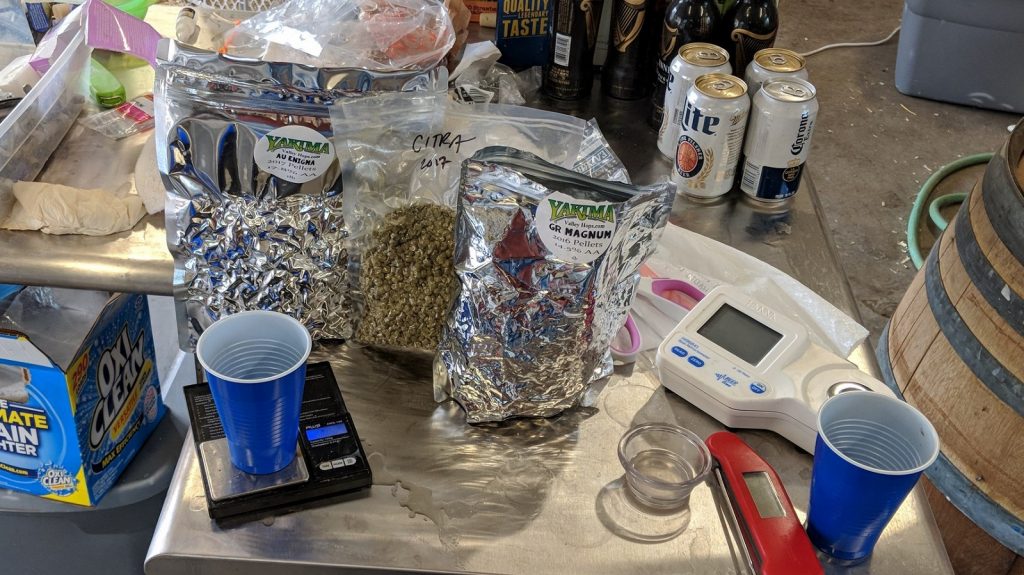
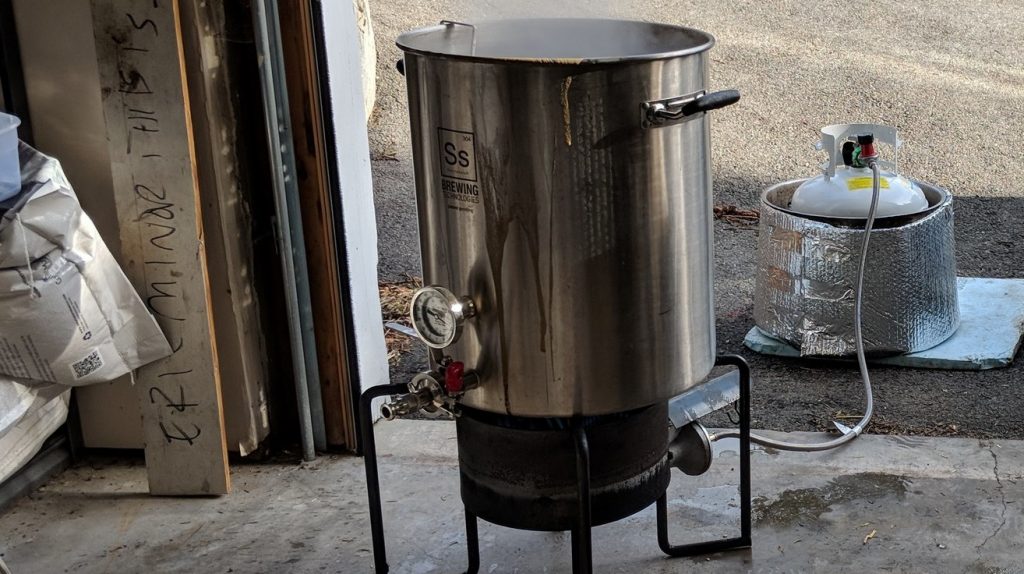
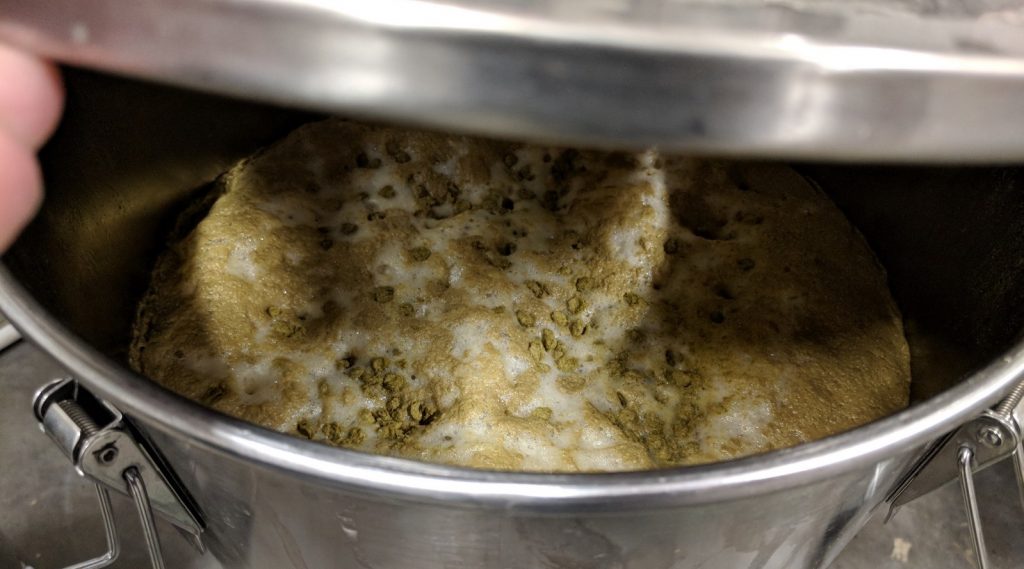
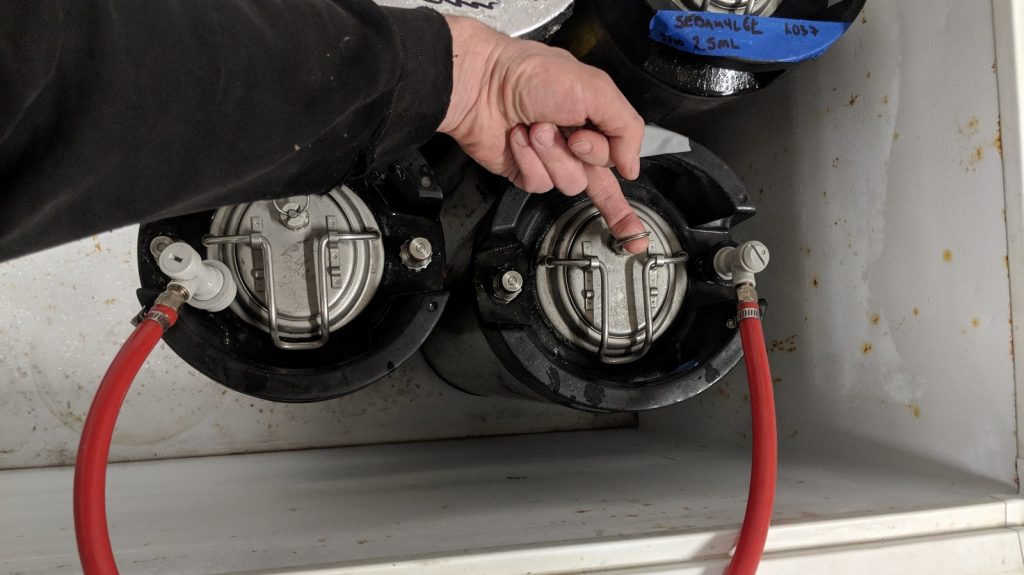










28 thoughts on “exBEERiment | Cold-Side Oxidation: Impact Purging Keg Headspace With CO2 Has On A Hazy IPA”
I’d love to know if they aged differently? I’ve found some super hoppy beers age pretty badly in the bottle, and been told this may be due to not purging the bottles/using a beer gun. If not then i guess there’s something else in the process which is causing the premature aging.
They didn’t make it long enough to age. I drink most NEIPAs fresh, and this being one of my favorites so far, barely made it to collect enough data.
An interesting experiment, I never thought about losing hop aroma from purging the headspace. I’m not surprised that it wasn’t significant. So much of the aroma will be safely in solution in the beer, rather than purely in the headspace.
I would be very interested to compare a CO2 purged keg VS unpurged keg at filling, where both then have the headspace purged after filling.
Yeah, I’d like to see a comparison between a fully purged keg with a pressure transfer vs just purging headspace.
Interesting idea, maybe I’ll try it next time I brew a NEIPA!
I think the oxidation focused experiments would really be served by the addition of dissolved oxidation measurements. For a few hundred bucks I would think you could get a decent meter and really enhance the evaluation of any effects.
Send a meter on over and I’ll give it a try! 🙂
I have a very nice DO meter available locally 🙂
Wow, your favorite NEIPA to date? Was it the hop combo or the more restrained hop usage or what specifically?
Everything. Hadn’t used the vienna in a while, so that was the malt support I’ve been looking for. Hop combo was just right, and using less meant no astringency or excessive bitterness (something I find too much of in most commercial NEIPAs). Just brewed another batch with different hop combo and while its fantastic as well, I do like the enigma/citra blend the best so far. I will continue to try them out!
I can’t seem to locate Enigma up here in Canada. Any substitutes I could usn instead?
After reading your xBmt, I went back and reviewed Marshall’s xBmt “POST-FERMENTATION OXIDATION – PT. 2: EVALUATING THE IMPACT OF AGE AND STORAGE TEMPERATURE”. Comparing both of your results, I know I have tasted beers that have suffered from oxidation before but they have not come from anyone’s homebrew or a micro-brewery; all were macro brews. This makes me think that volume might have some role in this. Or, perhaps, volume plus pasteurization.
Regardless, your eBmt results reinforce my kegging methods – well sanitized, open top, a little shot of CO2 to seal it up, and then I’m off to the races.
Thanks for the xBmt.
Did you notice any other differences long term in color, taste, etc? When filling my kegs with any beer, I flush the keg with co2 and then purge the head space with co2 about 8 times. your experiment is telling me I am wasting co2.
This exbeeriment focus is on aroma loss, not oxidation. Both kegs were filled the same.
Every time you rack your beer, there’s a certain amount of CO2 that comes out of suspension, thus purging the receiving vessel of all oxygen by the time it’s full. That’s why the results were inconclusive – neither keg had any oxygen.
There is unlikely to be many aroma compounds out of solution at that point, and when they are scrubbed from the beer, they stay out of solution anyway. Also, aroma scrubbing tends to happen when using a carbstone without adequate head pressure on the vessel to keep compounds in solution.
I appreciate the middle finger PRV purging 😛
Quick question – did you transfer the beer to the kegs in a closed transfer/under pressure? If so, and the kegs were purged of oxygen prior to packaging, what is the point of purging the headspace if it is only C02? I would love to see an xbmt on oxidation/flavor loss due to different methods of keg purging. I used to just burp my kegs a few times and then fill under pressure, and was getting oxidation – especially in NEIPAs where the color would go dark and become much sweeter. Now I fill kegs completely with starsan, flush it with co2, and then do a closed transfer to the keg. Yes co2 is heavier and there is a “blanket”, but gas distribution law says if there is oxygen, it will be in that “blanket” and potentially at very high concentration.
FYI, as ideal gases go, the difference in molecular weights is insignificant in “separating or blanketing” one gas from another because of molecular diffusion. So please keep that in mind.
Trong- that is exactly what I meant. Many homebrewers rely on the false idea of a blanket, when gas distribution laws tell us it will be pretty well distributed. I fill my kegs with sanitizer and flush to guarantee no oxygen. I am curious if purging co2 many times would lead to say 99.xxxx % co2 concentration, or if it would just say, halve each flush?
I love every one of these xBmts. Thank you. I’m stealing the recipe!
Just one quick question: Please tell me how you racked warm beer with a loose dry hop to purged kegs? When I try this, I get clogged lines and dip tubes.
I’d like to know the answer to this as well. I have the same problem – loose dry hops in my SS Brew Bucket always clog things up.
I can’t help but wonder if my method needs improvement: Quick rinse before filling, then co2 and purge thru the “beer out” connector to purge any leftover moisture as well as oxygen, then fill thru the same connector, and good enough. My main question though is How do you decide on your chemical additions? That is a mystery to me.
Its funny, I think I am the reader that you are talking about…I emailed Marshall last week with this exact question. I’m confused about one thing….when you burst carbonate and say hit the keg for 24 hours with something like 30 PSI….do you remove the gas and bleed of everything before attaching gas at like 12 PSI?
What about water purging, filing the keg to very top with liquid and star san and pushing it out vs just filling as you normally do by burping the keg 6 times? It seems that the water purging method is known to be the best homebrewing method to get as much oxygen out of keg as possible.
This is what I do – and if the keg was properly purged using this method, I wouldn’t expect burping the keg would have any impact. Could you share how the kegs were Co2 purged for this xbmt? Before I used to just burp my kegs with Co2 a number of times, and then fill, and I was getting oxidized beer (most prevalent in hoppy beers with lots of dry hop like IPA, IIPA & NEIPA where they would go dark and turn very sweet). Would love to see an XBMT on keg purging methods rather than just if you burp a little co2 out of the headspace after filling.
Why not just purge the serving kegs with free CO2 from active fermentation. One 5-gallon batch of wort with typical OG can produce over 100 gallons of CO2 with average attenuation characteristic of most yeast strains. It only takes 25 gallons of CO2 to bring O2 level in a 5-gallon keg down to <0.1%. So it's enough to purge a couple of kegs with each batch of beer. And it's so easy to do.
Check this out https://www.youtube.com/watch?v=xOO41dr7gTw
Is it possible that as the keg is emptied more of the embedded aroma is given up to the CO2 headspace. I don’t bottle but notice reduced aroma in hoppy IPAs over even a span of 10 days. When the keg is finished the gas inside has all the aroma of beer poured at the peak of hop aroma and flavor.